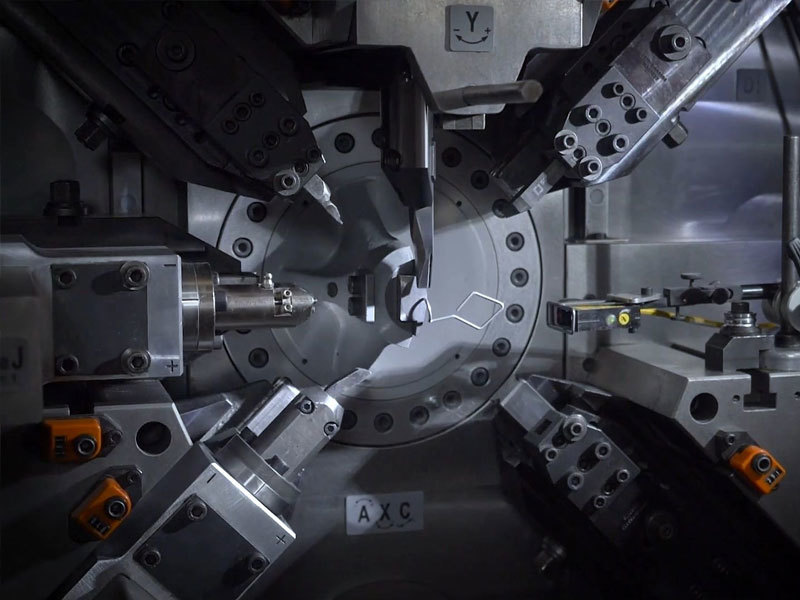Summary of the basics of springs
2024-11-14

Spring is a widely used in the mechanical and electronic industries, a kind of elastic components, spring in the loaded can produce a large elastic deformation, and the mechanical work or kinetic energy into deformation energy, and in the unloading of the spring after the deformation disappears and return to the original state, at the same time will be converted into deformation of mechanical work or kinetic energy. Spring load and deformation ratio is called spring stiffness, the greater the stiffness, the stiffer the spring.
First, the role of the spring
Cushioning and vibration damping. Such as automobiles, trains under the trunk of the vibration damping spring, a variety of buffer buffer spring, etc.;.
Control the movement of the organization. Such as valve springs in internal combustion engines, clutch control springs, etc.
Storage and output energy. Such as clock springs, gun bolt springs, etc.
Measurement of force. Such as spring scales, force measuring device in the spring, etc.
Second, the classification of the spring
According to the nature of the force spring is divided into: extension springs, compression springs, torsion springs and bending springs.
Extension springs (referred to as tension springs) are subjected to axial tension of the coil spring, extension springs are generally made of round cross-section material. When not under load, the coils of extension springs are generally tightened without clearance.
Compression springs (referred to as compression springs) are subjected to the pressure of the helical spring, it is used in the cross-section of the material is mostly round, but also useful for rectangular and multi-stranded steel haunches coiled, the spring is generally equal pitch, compression springs between the circle and the circle there is a certain gap, when subjected to an external load when the spring contraction and deformation, deformation of the stored energy.
Torsion springs are coil springs. Torsion springs can store and release angular energy or statically immobilize a device by rotating a force arm around the central axis of the spring body. The ends of torsion springs are secured to other components, and as the other components rotate around the center of the spring, the spring pulls them back to their initial position, creating a torque or rotational force.
There are also two less common types of gas springs and carbon nanotube springs
The Air spring is in a flexible closed container to add pressure air, the use of air compressibility to achieve the elastic effect of a non-metallic spring, used in high-grade vehicle suspension devices can greatly improve the smoothness of the vehicle, thus greatly improving the comfort of vehicle operation, so air springs in automobiles, railroad locomotives have been widely used.
Carbon nanotube springs: need to make carbon nanotube film, and then use spinning technology to spin carbon nanotube film into carbon nanotube springs. The diameter can be up to hundreds of microns, while the length can be up to a few centimeters, is expected to be used in the field of stretchable conductors, flexible electrodes, miniature strain sensors, supercapacitors, integrated circuits, solar cells, field emission sources, energy dissipation fibers, etc., and is expected to be used in medical devices, such as tension sensing bandages.
ANTERIOR:
Contact Us
E-mail:
yasbrake@163.com
WhatsApp:
+853 6585 4037
Add:
Duitai Trade Processing Zone, Damaiyu Street, Yuhuan, Zhejiang, China.


